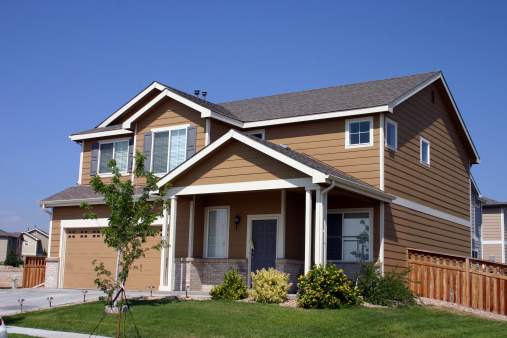 A fixed-rate mortgage is so called because its interest rate doesn’t change over the life of the loan, no matter what rates do on the open market. Many people feel more comfortable with a fixed rate, because they know their monthly mortgage payments will remain steady over the years, making at least one aspect of their monthly cash flow predictable. The downside is that you pay for that comfort: Lenders charge a higher rate of interest for fixed-rate loans. Why? Because they figure that if interest rates shoot up, they lose the opportunity to make more money on the funds they are lending you.
A fixed-rate mortgage is so called because its interest rate doesn’t change over the life of the loan, no matter what rates do on the open market. Many people feel more comfortable with a fixed rate, because they know their monthly mortgage payments will remain steady over the years, making at least one aspect of their monthly cash flow predictable. The downside is that you pay for that comfort: Lenders charge a higher rate of interest for fixed-rate loans. Why? Because they figure that if interest rates shoot up, they lose the opportunity to make more money on the funds they are lending you.
The standard fixed loan lasts for 30 years, but if you can handle higher payments and want to build up your equity in your home faster, you can opt for a 15-year fixed. With a 15-year, you’ll get a lower rate and pay much less interest over the life of the loan. The payments each month, however, will be quite a bit higher since they aren’t being stretched over so long a period.
A fixed rate makes the most sense for those who plan to stay put in their new home for a long time. You pay a little more in interest, but it is stretched over a longer period so the monthly effect can be minimal. And if you’re buying when rates are low, locking in a good deal is probably worth it.


